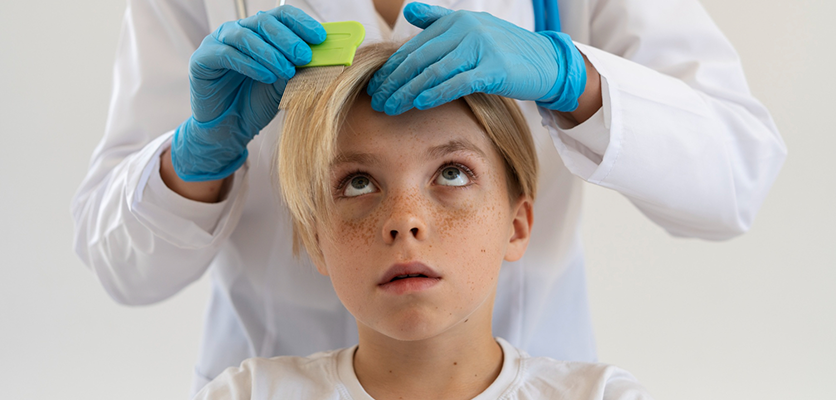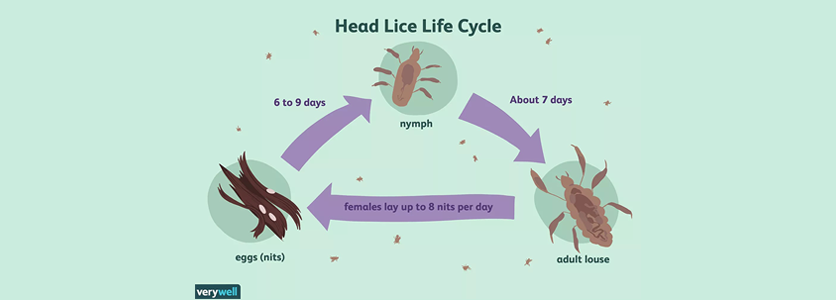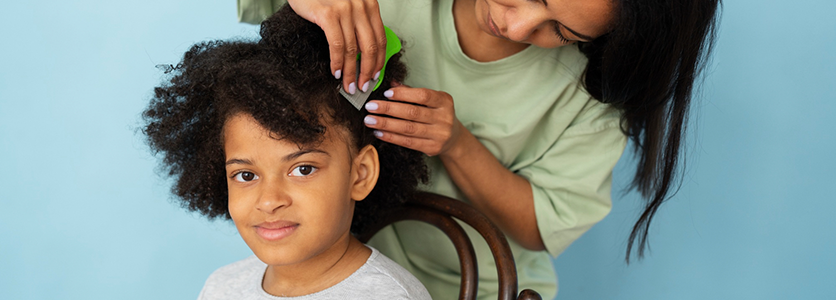The Bloodsucking Head Lice
April 07, 2023

Parents of school-age children will be all too familiar with this topic. Fortunate the family that has not caught head lice. If you think your children have always been in the clear, you probably have not looked close enough!
Although the stuff of nightmares, when seen up close, lice are comparatively harmless. They do not spread other diseases and are not life-threatening. The main symptom is an itchy scalp, although sometimes scratching the bites can result in secondary skin infections which require treatment.

Lice are, however, highly infectious. The eggs, known as nits, hatch and develop into adults in about two weeks. Once fully grown, adult females churn out as many as eight nits a day. Head to head contact (eg: normal child behaviour) spreads lice very easily. Adults can survive up to two days if separated from a host. The louse is egalitarian, affecting all walks of life. There is no association with cleanliness, or lack thereof.

Although there are various chemicals that can be used to treat headlice, the critters become resistant remarkably fast. The mainstay of treatment is regular use of a fine-toothed comb. Cheap plastic ones are easy to come by, but once your children have joined this all-inclusive club, it is well worth investing in a metal one. It is not necessary to comb all the hair, just the 2cm nearest the scalp. The comb breaks the legs of the invader, putting a crimp on its activity.
On a personal note, my three sons all caught head lice at middle school. After six unsuccessful months of trying everything else, I lost patience and shaved their heads. Paternal popularity was at an all-time low for a month, but it solved the problem for good!
Dr Julian Martin Chadwick - Internal Medicine Physician
Columbia Asia Hospital - Saigon
